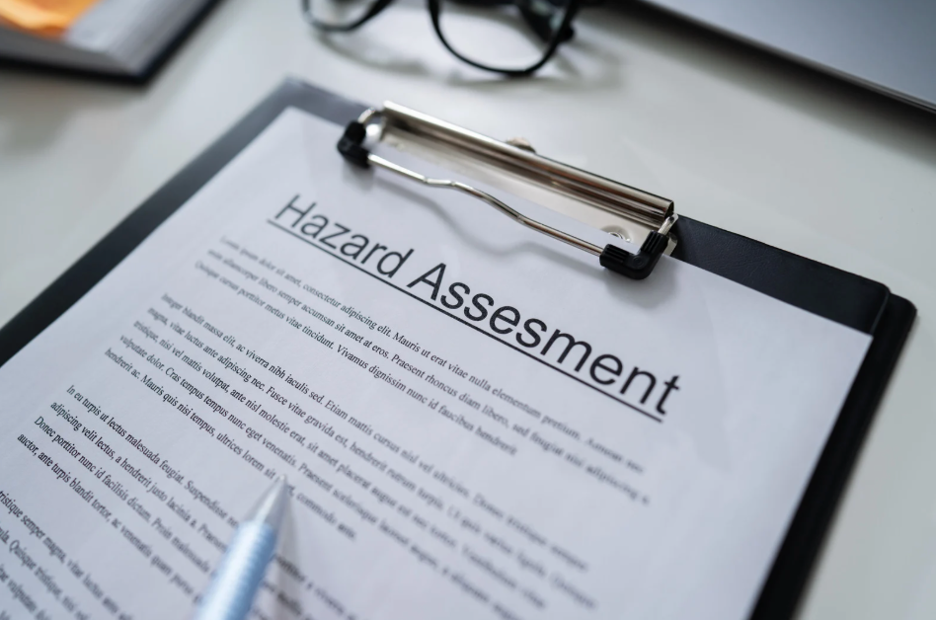In the ever-evolving healthcare industry, compliance is a cornerstone of maintaining ethical practices, ensuring patient safety, and adhering to legal requirements. Creating a culture of compliance in healthcare settings is not just about following regulations—it’s about embedding a commitment to integrity at every level of the organization. But how can healthcare organizations cultivate this culture effectively? Let’s explore the steps and key strategies that can foster a robust compliance environment.
Why Creating a Culture of Compliance Matters
Compliance in healthcare refers to adhering to laws, regulations, and internal policies that govern how care is delivered. These can include privacy and security regulations like HIPAA (Health Insurance Portability and Accountability Act), billing standards under the False Claims Act, and standards for employee safety outlined by OSHA (Occupational Safety and Health Administration).
Non-compliance not only exposes healthcare organizations to hefty fines but also risks patient trust, legal action, and operational setbacks. Beyond avoiding penalties, maintaining compliance ensures high-quality care, fosters transparency, and upholds ethical standards. Creating a culture of compliance can be made simple with actionable items.
1. Leadership Commitment
Compliance starts at the top. Leaders set the tone for the entire organization by consistently demonstrating a commitment to ethical practices. When executives and managers prioritize compliance, it sends a clear message to employees that following the rules is not optional. To build a culture of compliance, leadership must be involved in both policy-making and everyday enforcement.
Key Actions:
– Regularly communicate the importance of compliance to staff.
– Allocate resources to support compliance initiatives.
– Participate in compliance training to lead by example.
2. Employee Education and Training
Education is crucial to ensure that all employees understand the laws and policies that apply to their roles. Healthcare staff need ongoing training on everything from patient confidentiality to coding and billing practices. Comprehensive, accessible training programs help reduce knowledge gaps and ensure everyone is equipped to follow best practices.
Key Actions:
– Provide regular, role-specific training sessions.
– Update training materials as regulations change.
– Implement interactive and scenario-based learning to improve retention.
3. Clear and Accessible Policies
Healthcare compliance involves a myriad of policies—from data protection to clinical standards. These policies should be easy to understand, well-organized, and accessible to all employees. Too often, compliance guidelines are buried in manuals or written in complex legal jargon, making it hard for staff to implement them effectively.
Key Actions:
– Draft clear, concise policies that are easily understood.
– Ensure that compliance guidelines are readily accessible, either digitally or in print.
– Encourage an open-door policy for staff to ask questions and seek clarification.
4. Continuous Monitoring and Auditing
Establishing a culture of compliance means actively monitoring operations and conducting regular audits. By keeping track of compliance activities—such as billing accuracy, patient documentation, and privacy protocols—healthcare organizations can detect potential issues before they escalate.
Key Actions:
– Conduct regular internal and external audits.
– Use technology to monitor compliance in real-time (e.g., electronic health records).
– Set up a system for reporting and tracking compliance breaches.
5. Encouraging Accountability and Reporting
A culture of compliance flourishes in an environment where employees feel empowered to speak up. Healthcare organizations should encourage transparency and offer clear reporting mechanisms for any suspected compliance violations. It’s essential to create a non-punitive environment where staff can raise concerns without fear of retaliation.
Key Actions:
– Implement anonymous reporting systems for compliance issues.
– Foster a safe, blame-free environment for whistleblowers.
– Recognize and reward employees who demonstrate commitment to compliance.
6. Promoting Ethical Behavior Beyond Compliance
Compliance is not just about avoiding penalties; it’s about doing what’s right for patients, staff, and the organization. Healthcare providers should go beyond regulatory checklists and focus on creating an ethical workplace. This involves integrating compliance into the organization’s core values and daily decision-making processes.
Key Actions:
– Incorporate compliance into the organization’s mission and values.
– Encourage ethical decision-making at every level.
– Align incentives with compliance and ethical behavior, such as through recognition programs or performance evaluations.
The Benefits of Creating A Culture of Compliance
A strong effort in creating a culture of compliance in healthcare doesn’t just protect the organization from legal repercussions—it enhances patient trust, boosts employee morale, and improves overall care quality. By prioritizing leadership involvement, education, clear policies, monitoring, and ethical practices, healthcare organizations can create an environment where compliance becomes second nature.
Ultimately, the goal is to shift the focus from merely following rules to fostering a culture that upholds the highest standards of care and integrity. Through this shift, compliance becomes not just an obligation but a foundation for long-term success and excellence in healthcare.
By nurturing a culture of compliance, healthcare organizations ensure that they meet regulatory requirements while promoting a workplace driven by integrity, quality care, and ethical practices.
Experience Better Healthcare Compliance
We’ve been assisting our clients with their compliance needs for over 30 years. Let us help build and maintain your OSHA and/or HIPAA program(s) so you can focus on your patients. Contact us today.
Additional Resources:



